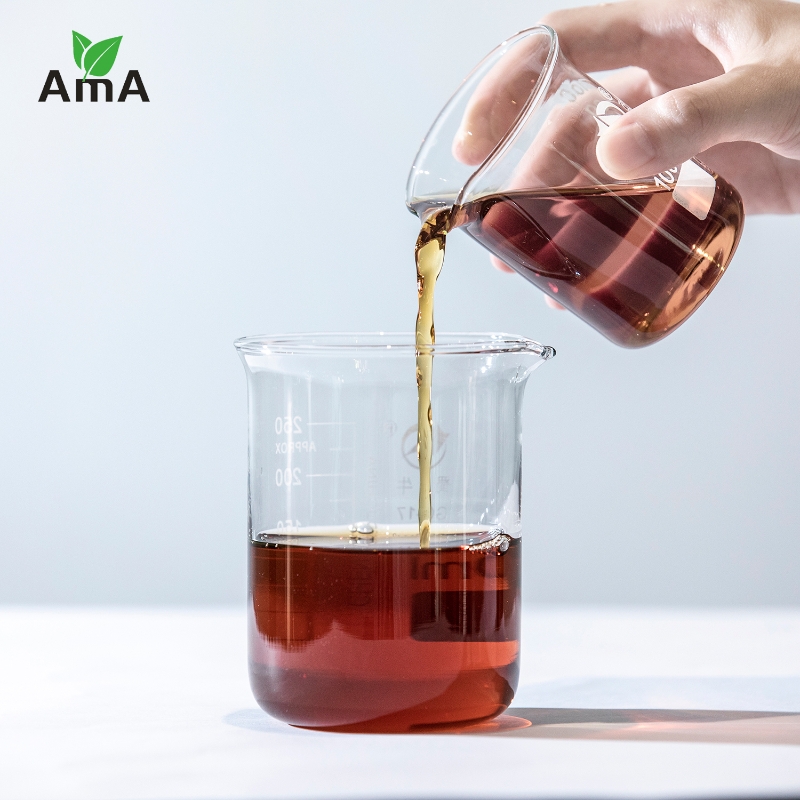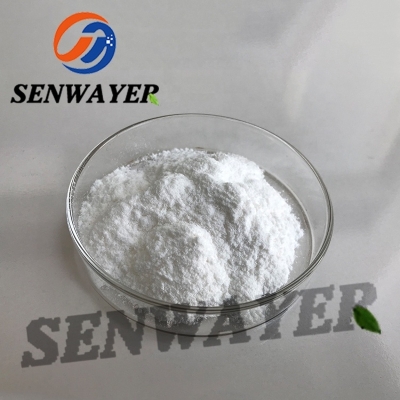Application of ointment homogenizer in various industries
-
Last Update: 2014-04-03
-
Source: Internet
-
Author: User
Search more information of high quality chemicals, good prices and reliable suppliers, visit
www.echemi.com
Ointment homogenizer is applied to biomedicine, food industry, daily chemical care products, coating ink, nano materials, petrochemical industry, printing and dyeing auxiliaries, paper industry, pesticide and chemical fertilizer, plastic rubber, power electronics and other fine chemical industries Application of ointment homogenizer in soymilk: soymilk is pressed out from the slit of homogenizing valve under high pressure during homogenization Under the joint action of shear force, impact force and hole effect, the fat ball, protein and other particles are micronized Form a uniform dispersion It can prevent fat from floating up, protein precipitation, increase the glossiness of soymilk, and improve the stability of soymilk The homogenization effect of soymilk is affected by homogenization pressure Homogenization temperature and homogenization times are three factors The homogeneous pressure is limited by the equipment The soymilk can be homogenized under the pressure of 20 ~ 30MPa It is suitable to control the temperature between 55 ℃ and 65 ℃ during homogenization Homogenization times 1-2 times The homogenization process can be put before the sterilization of soymilk It can also be put after sterilization Both arrangements have advantages and disadvantages If homogenization is put before sterilization, the sterilization process can destroy the homogenization effect to some extent Soybean milk is prone to oil line However, the use of this process reduces the chance of pollution after sterilization The safety of storage is high The cost of equipment is relatively low And it is not easy to scale after entering the sterilizer after homogenized soymilk If the homogenization is placed after sterilization, the above situation is just the opposite Application of ointment homogenizer in raw milk: under the strong mechanical action, the large fat ball in the milk is broken into small fat ball by 16.7 ~ 20.6mpa Make it evenly and uniformly dispersed in the milk It can effectively prevent the fat ball from floating up In the production of pasteurized milk The position of general ointment homogenizer is in the heat recovery section of sterilization In the production of UHT milk by indirect heating, the paste homogenizer is located before sterilization In the production of UHT milk by direct heating The ointment homogenizer is located after sterilization Therefore, a sterile ointment homogenizer should be used Homogenization can not only prevent the fat ball from floating, but also has some other advantages: the diameter of the homogenized milk fat ball is reduced, which is easy to be digested and absorbed by the human body Homogenization softens the clot It can promote digestion and absorption In the production of enzymatic cheese, homogenization can accelerate the coagulation of milk and make the flavor of milk products more consistent Preheating is required before homogenization When the temperature reaches 60-65 ℃, the homogenization method generally adopts the two-stage method, that is, the * stage homogenization uses higher pressure (16.7-20.6mpa), the purpose is to break the fat ball, and the second stage homogenization uses low pressure (3.4-4.9mpa), the purpose is to disperse the broken small fat ball and prevent adhesion Application of ointment homogenizer in orange juice: after centrifugation, the pulp particles of orange juice have been homogenized To further refine the particles After centrifugation, the paste homogenizer can be used to homogenize with a pressure of 20 ~ 35MPa Application of ointment homogenizer in flat peach pulp juice drink: homogenization pressure of 25 ~ 35MPa was used It can enhance the affinity between pectin and fruit juice, improve the stability of fruit juice, reduce the particle size and density difference between particles, prevent the slurry from stratification and sedimentation, and make the tissue uniform and sticky, with delicate taste.
This article is an English version of an article which is originally in the Chinese language on echemi.com and is provided for information purposes only.
This website makes no representation or warranty of any kind, either expressed or implied, as to the accuracy, completeness ownership or reliability of
the article or any translations thereof. If you have any concerns or complaints relating to the article, please send an email, providing a detailed
description of the concern or complaint, to
service@echemi.com. A staff member will contact you within 5 working days. Once verified, infringing content
will be removed immediately.







